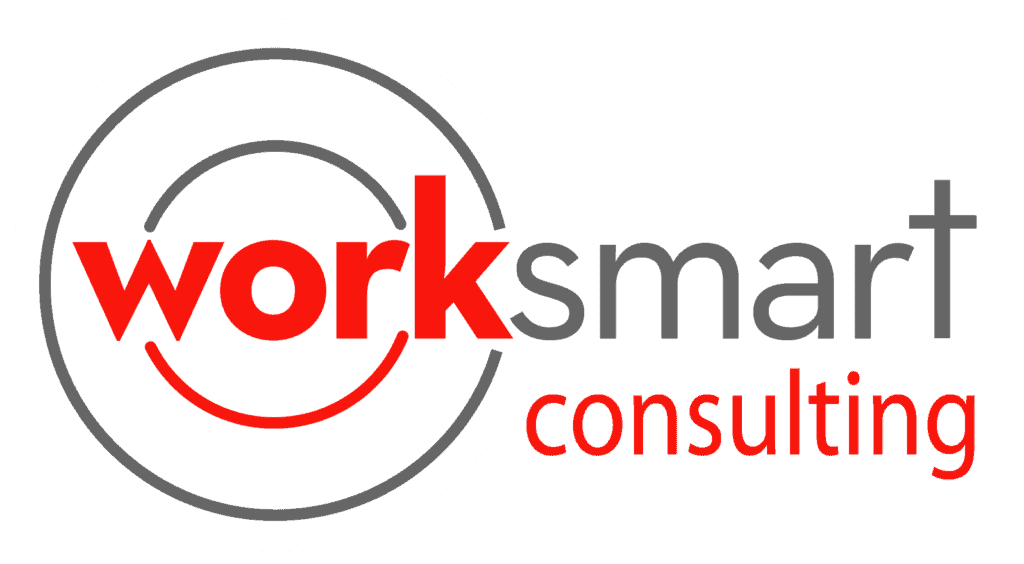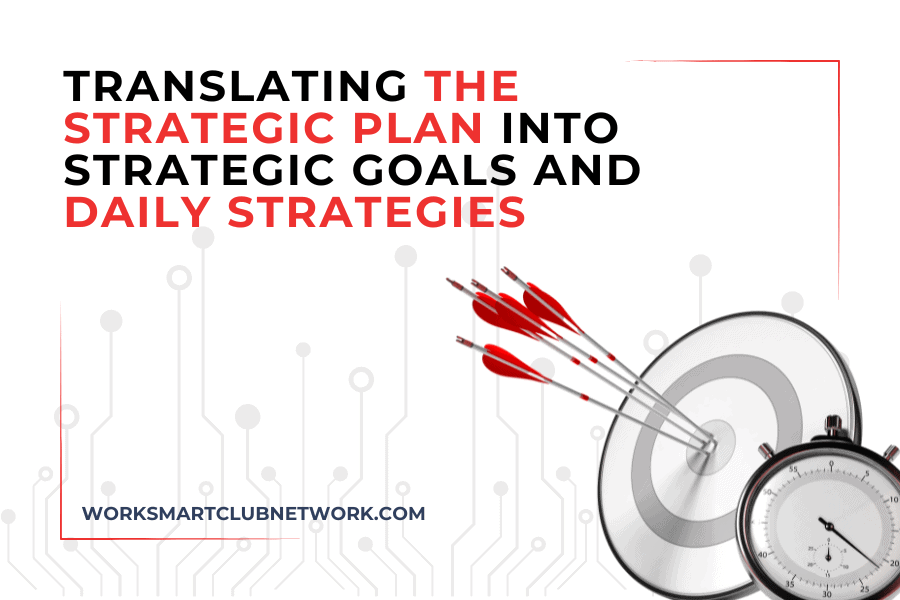In the digital age of GPS, reading a map is one of the skills that is almost extinct. While a GPS is an amazing tool, one also needs to know how to look at the map and plot out the journey, step by step, in case technology fails and especially when the journey is long.
This is a good analogy for thinking about the Strategic Plan. There are metrics that are given to leaders for quarterly and semi-annual progress, but leaders need to know how to take the plan and break it down to daily activities for their teams in order to consistently meet their targets.
In this article, we explore 3 approaches to translate the strategic goals into daily milestones that promote high performance and consistency in action.
Definition of Strategic Goal
It has an ambitious objective, key metrics and a timeline for all of this to happen.
Here are a few examples of what a strategic goal might look like
Marketing department:
Increase market share by 20% in the next 12 months.
Finance department:
Increase annual revenue by 15% within the next fiscal year, or, Reduce operating expenses by 20% within the next 12 months.
Human Resource department:
Increase the number of qualified candidates, interviewed for the top positions, in the Emergency Department, by 50% within the next 6 months, or, Increase the employee competency rating by one level, as measured by the annual review, within the next 12 months.
Roadmap to Achieve Strategic Goals
Strategic goals, by their nature, are written at a high level creating a challenge for department leaders to appreciate what they mean in day to day operations. Companies usually break them down into more specific action plans that are relevant to the specific responsibilities in each department.
One goal setting framework that builds a connection between the strategic goals and their day-to-day work is OKR – Objectives and Key Results. This is a simple goal-setting template brought out in the ‘70’s by the former Intel CEO.
OKR: Objectives and Key Results
The goal of OKR is to define how objectives are achieved through concrete, specific, and measurable actions.
OKR’s include a specific goal with specific measures to track the goal. The image below is an example of a Community Clinic’s OKR’s. This image includes the first quarter’s goals.

While this is a great start, we have found that it does not go far enough to translate the strategic goals into daily tactics. Check out this next image and see how this example of the Community Clinic’s Q1 goals are broken down to tactical strategies.

You can see from this image, there are monthly or weekly strategies that can be broken down into daily activities that can be tracked and measured for real time evaluation.
SMART Goal Framework
The goal framework that is most well known is the SMART (specific, measurable, attainable, relevant, time-bound) goal.
As mentioned, strategic goals are broad by nature. The SMART framework breaks these broad goals down into actionable and well-defined targets. This clarity brings people on the front lines into the strategic plan and helps leaders implement the strategic plan by translating the daily operations.
Example:
If we stick with the Community Clinic which is a core part of the local infrastructure in the community, the clinic wants to reduce both customer and employee churn rates. While they have a retention rate of 75% for their customers, they want to reduce customer churn to maximize revenue and build more loyalty. They believe this will also improve their employee retention. The community Clinic is going to use the SMART framework to translate its strategic goal into tangible objectives.
Specific: Increase its customer retention rate by 14% over the next year.
Measurable: Track and measure the customer churn rate monthly or quarterly using a reliable data tracking system.
Attainable: Enhance customer onboarding process, implement customer feedback mechanisms, and develop targeted retention campaigns.
Relevant: Decreasing customer churn contributes to increased revenue and a positive brand reputation.
Time-bound: Achieve the target within the next 12 months by monitoring and reviewing progress regularly.

Balanced Scorecard
The Balanced Scorecard (BSC) encourages companies to consider 4 main perspectives when translating the goals into tactical strategies.
BSC is a structured framework for measuring and managing performance across 4 unique perspectives, including financial, customer, internal processes, and learning and growth. By incorporating these perspectives into daily strategies, leaders can ensure the effectiveness of the action plan.
The diagram below reflects the thought process for each dimension of the scorecard.

Example:
The Community Clinic has faced many challenges including brand awareness and process inefficiencies. To get ahead of the industry standard, the company wants to achieve a 20% increase in output within 6 months to improve profitability.
Financial Perspective:
Invest in additional software for registration and customer databases. Implement cost-saving measures, e.g., reduce redundant processes.
Internal Processes:
Streamline processes by identifying and eliminating non-value-added steps. Implements effective planning and scheduling systems to reduce downtime.
Learning and growth:
Implement performance management systems that recognize and reward employees for their contributions to increasing production output.Provide a comprehensive onboarding process for new hires to overcome the learning curve.
Customer Perspective:
Enhance demand forecasting to align production with customer demand. Strengthen relationships with key referral sources. Implement feedback tracking systems to read customer perspective.
Summary
Each of these approaches are unique. You may combine them all depending on the scope of your effort. Regardless, it is helpful to understand a variety of perspectives to set goals and consistently achieve your targets.
The Work Smart Club and Library is filled with courses, short training and checklists so you can quickly learn and implement.






Responses